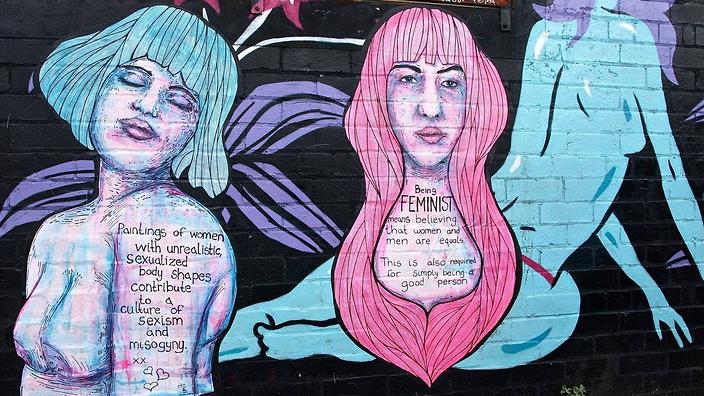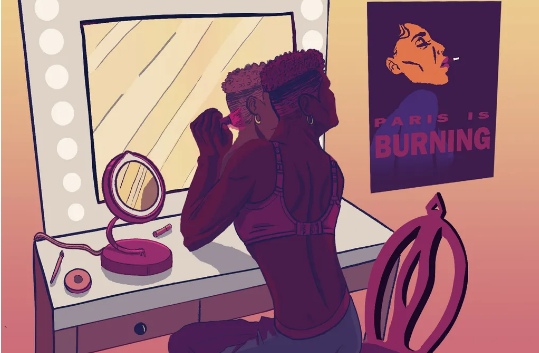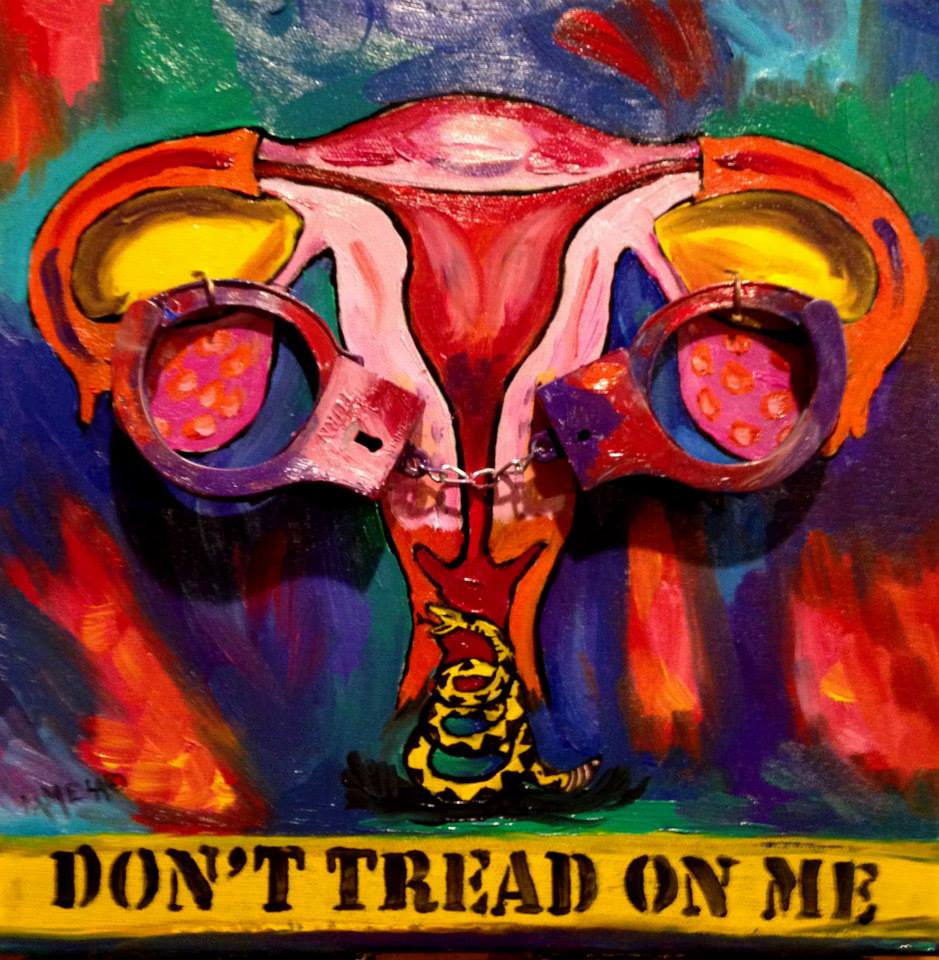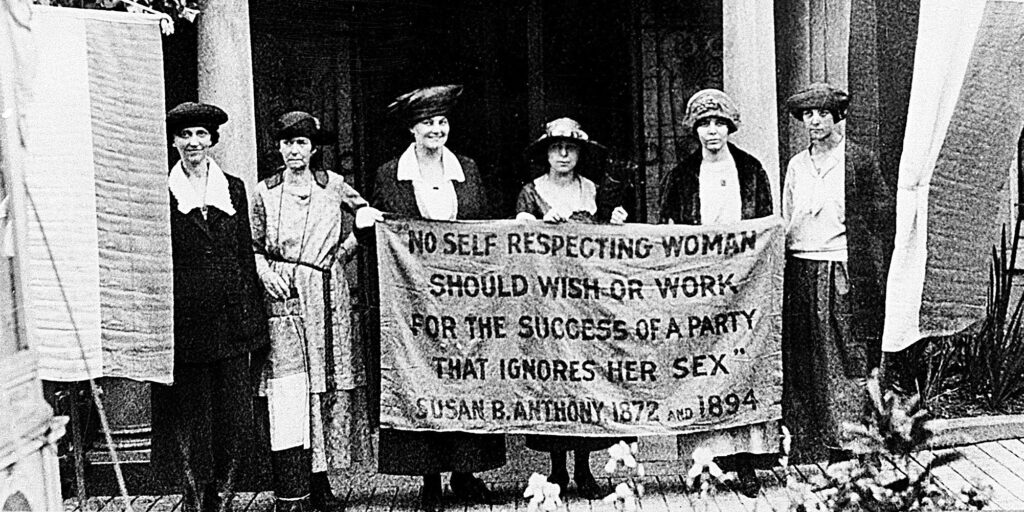
Snapshot 12





Although the reading on the Nineteenth century and early Twentieth century only spans roughly one-hundred years from 1776, it is very safe to say that women’s suffrage has been an ongoing struggle since long before what is documented in 1776. Throughout history, from many early civilizations to the modern times of 2021, women have been and are still in a constant fight for their rights. Whether it be for their right to vote or to do what they please with their bodies, there are always those who think they know better and feel the need to impose their opinions on women. The majority of the time it is men, both in power and out, who have the most to say about women’s rights, from standpoints that do nothing but serve to uphold their own privileges at women’s expense. From its very conception in 1776, this country has “forgotten the ladies.” This is in reference to Abigail Adams who told her husband to “Remember the Ladies” when he went to work on The Declaration of Independence. Instead, the Declaration states that “all MEN are created equal”. This phrasing actively shaped the following two hundred years, where women’s rights have been completely neglected, actively protested against, and purposely withheld. These women were born into a country founded on principles of freedom while the same document establishing those principles denied them that freedom in all aspects; socially, familially, financially, and even medically.
It is stated that Abigail’s husband “responded with humor”. This perfectly encapsulates the attitude of the time of powerful men towards the mere idea of women’s equality, that it is laughable and not worth taking seriously. This is an attitude that still permeates men in American society today, the “Cult of Domesticity” is still very much an active belief. Its misogynistic notions are strongly upheld by many, not just in normal communities and families, but in 1776 fashion: in seats of government, such as the governors of Texas and members of the supreme court currently working to overturn abortion rights.
The timeline of women’s rights in the United States reads many small steps and small victories over roughly a one-hundred and fifty year period, as it is only in the last one-hundred years that larger leaps have been able to be made from the foundations of these smaller steps. These steps act as bricks, a single one laid at a time with the hard work of suffragettes. Steps like the first school for girls in 1821, and the first female lawyer to practice before the supreme court in 1879, have built a path that has led a woman of color to be the first female vice president in 2021. And yet something as simple as a bill to eliminate discrimination on the basis of gender, The Equal Rights Amendment proposed one hundred years ago in 1923, has never been ratified.
Reading the timeline from when The Declaration of Independence was written in 1776, to the time when the right to vote was finally equalized for white Americans in 1920, I realized it was only a very short time ago that women were given these rights. As a woman of color who recently registered to vote, that time is shortened, even more, because women of color have only had the right to vote since 1965. It is startling to consider that someone like myself has only been able to perform the most fundamental act of democracy that the United States is built on for the last fifty-six years, with many, many people still alive today that will remember a time when women of color had no voice over their own lives or their own bodies, let alone a voice over elected government.


For this week I chose to watch the Netflix documentary Crip Camp. The reason why I chose this film was that I had watched it prior to joining this class and it was a film I wanted to for a second time for a better understanding.
We hear a lot about activism for women’s rights, gay rights, and so on but personally, I haven’t heard of many for disabled rights. Although I know there may be many when it comes to the stories of disabled people a lot of the stories I’ve heard are more for helping these people though doing things for them rather than letting them do things for themselves, which many are very capable of.
The film Crip Camp: A Disability Revolution focused on a group of teens, with different disabilities who all attended and thrived at a camp In New York. it demonstrated the first time any of them had ever felt truly free unlike when they were back home where they were treated as less than not equals. The film explains how and why the disability revolution began.
